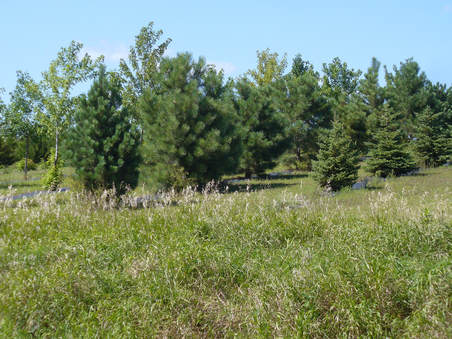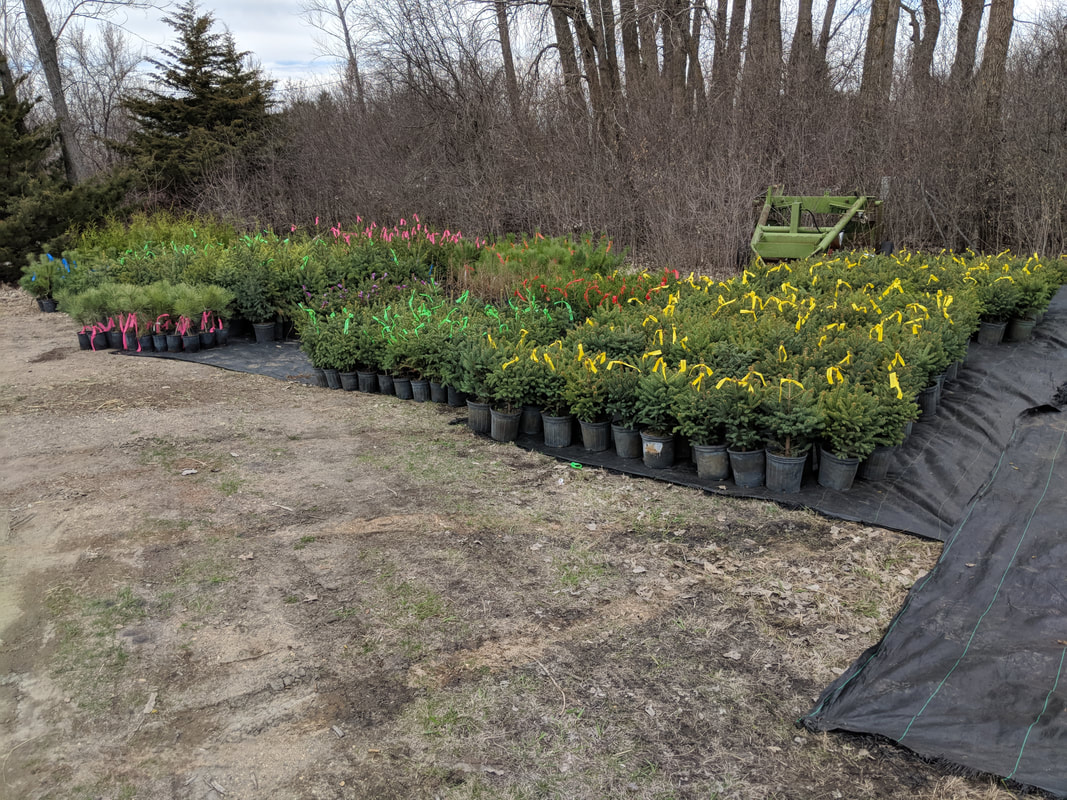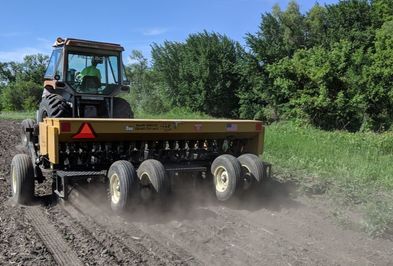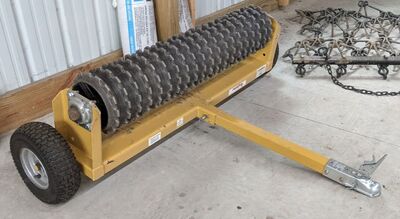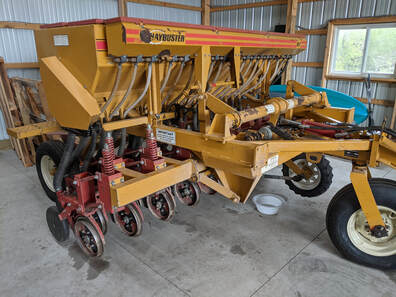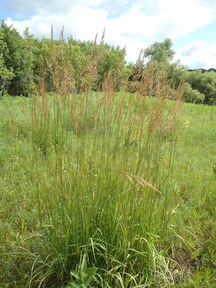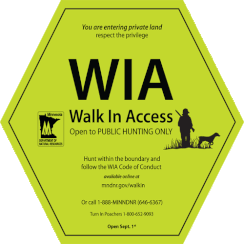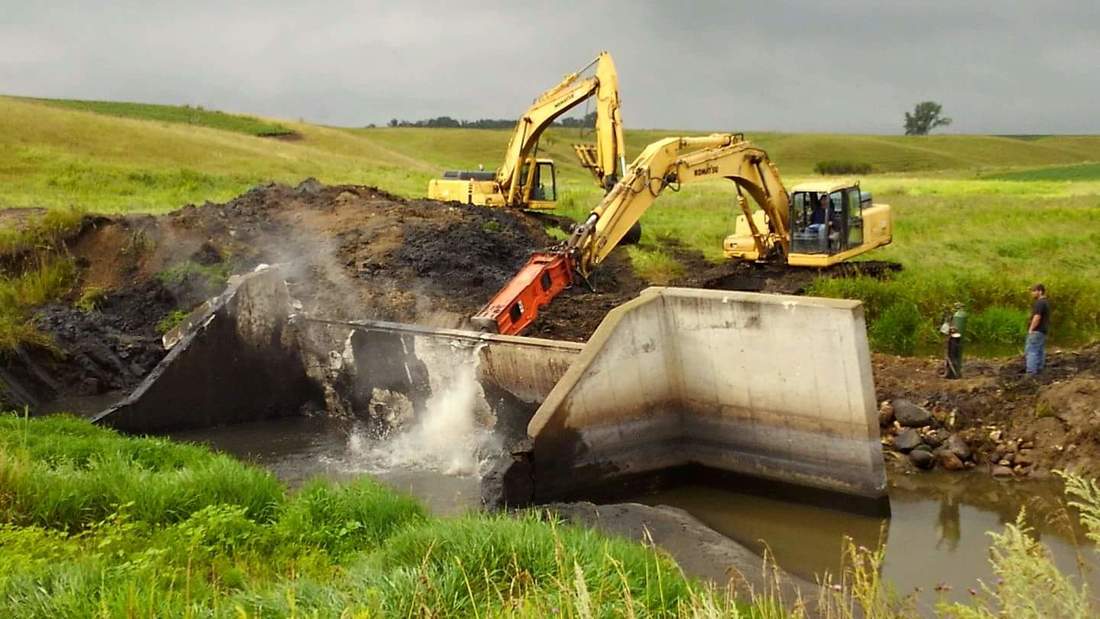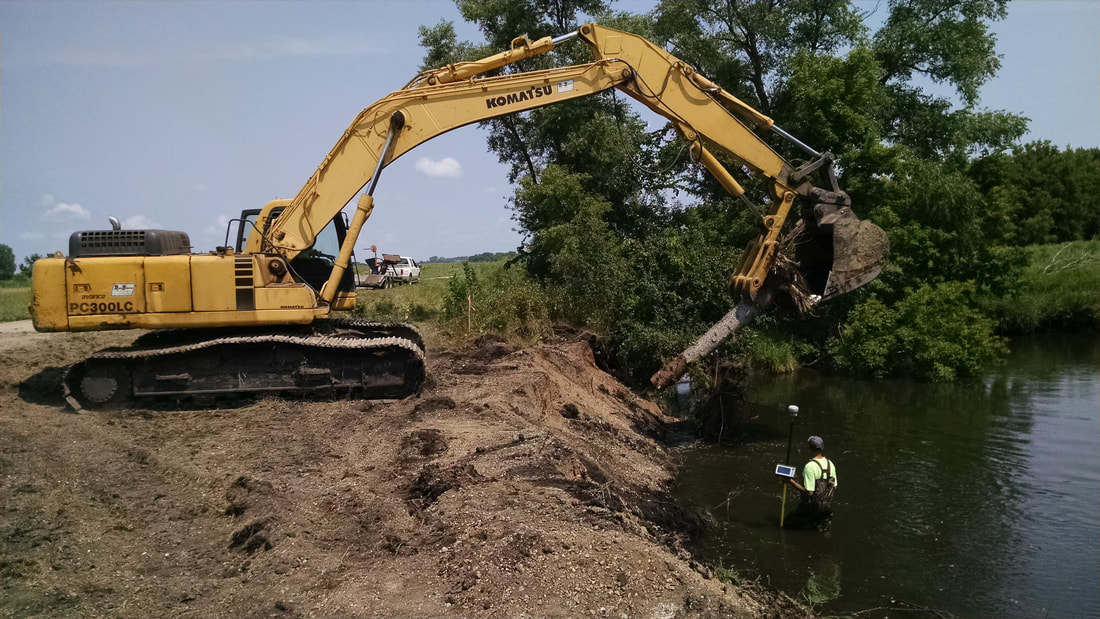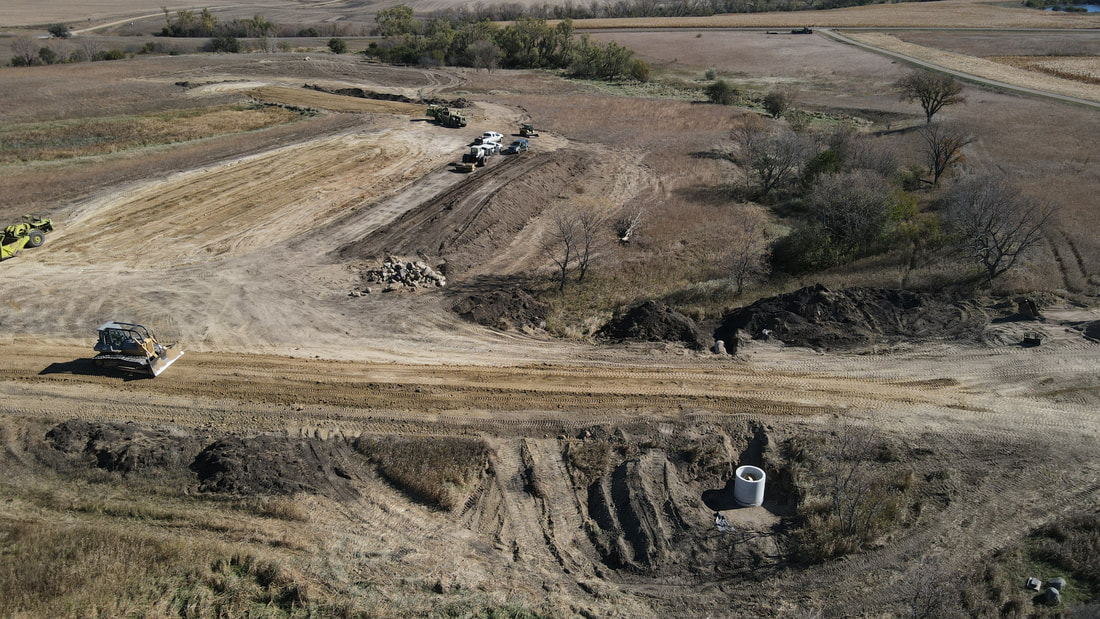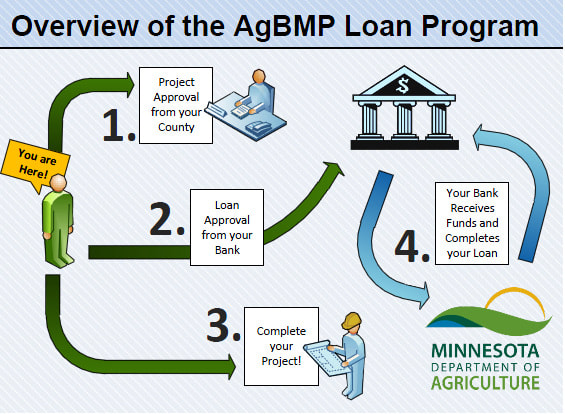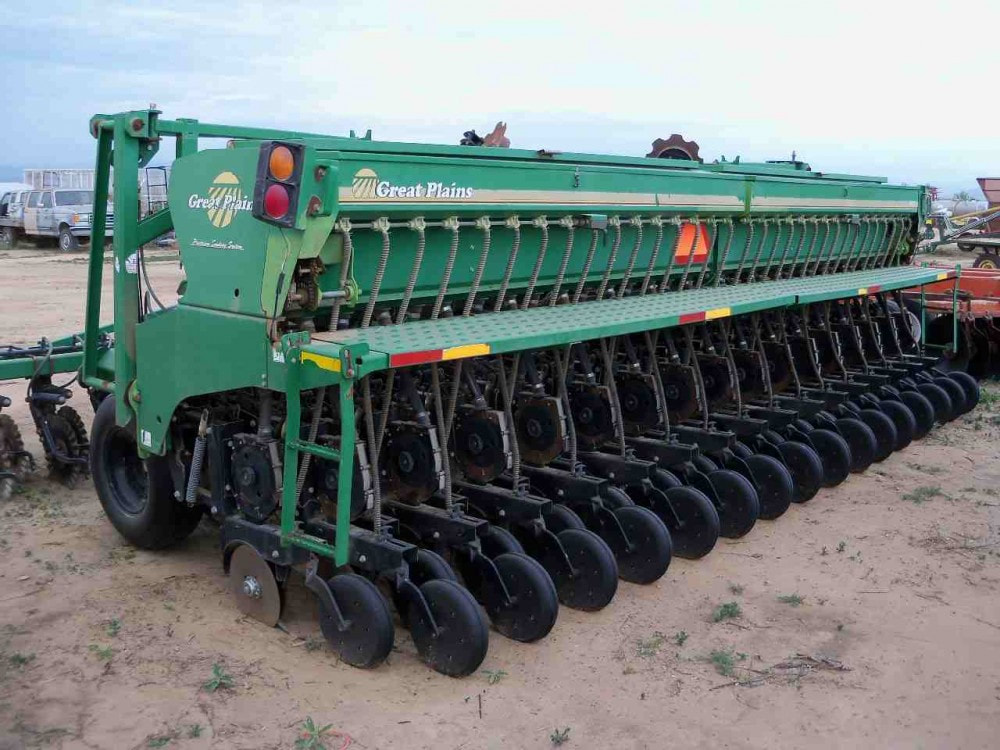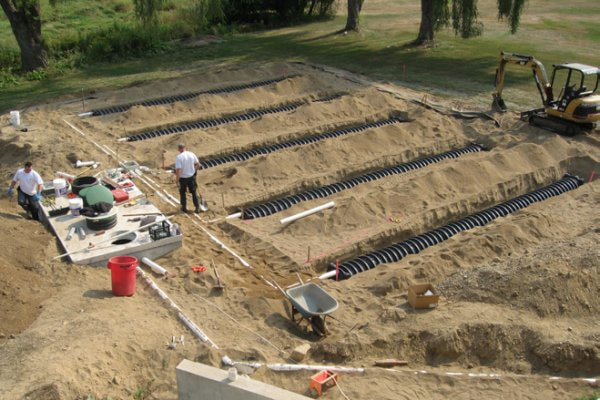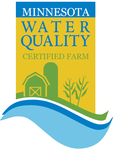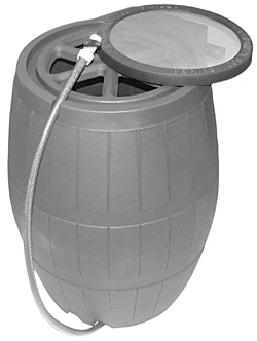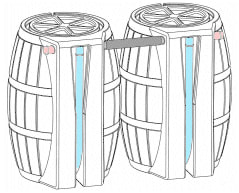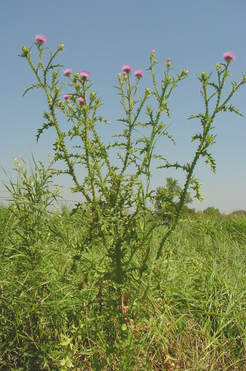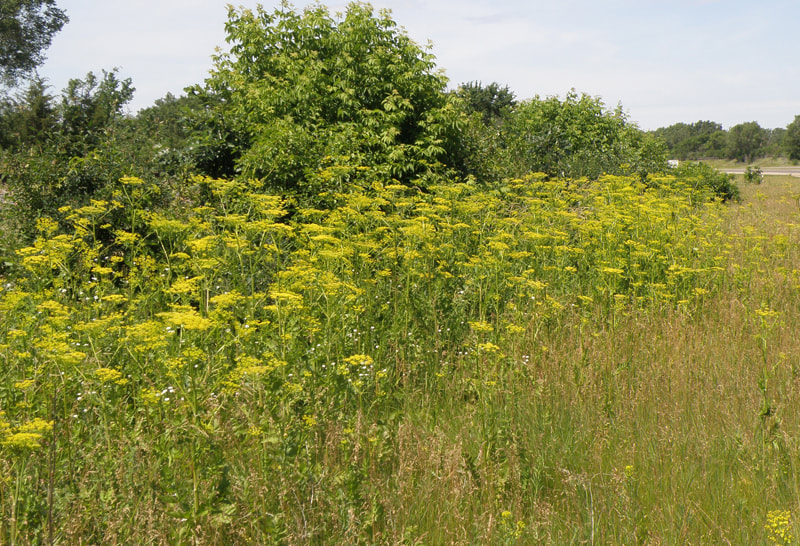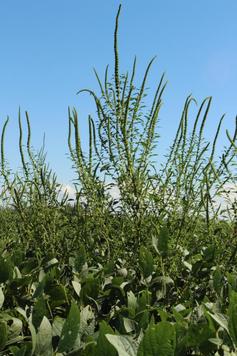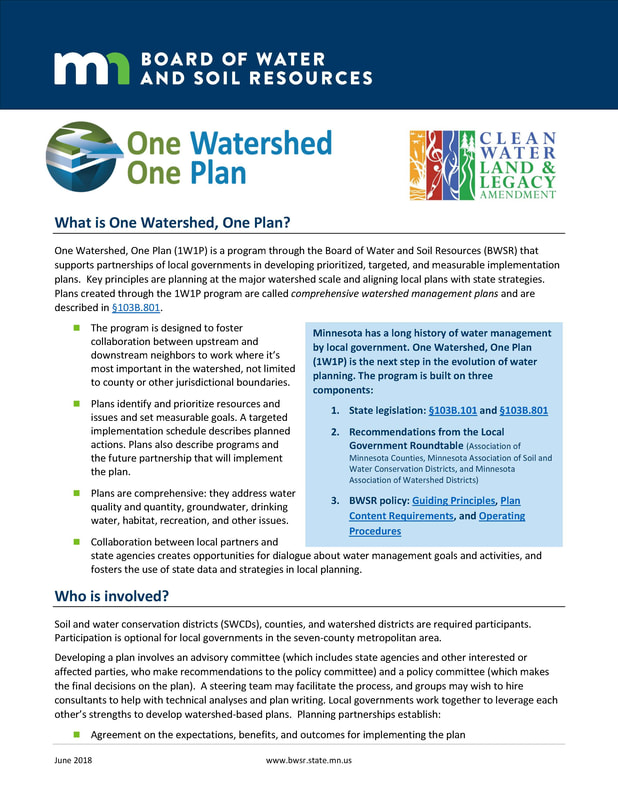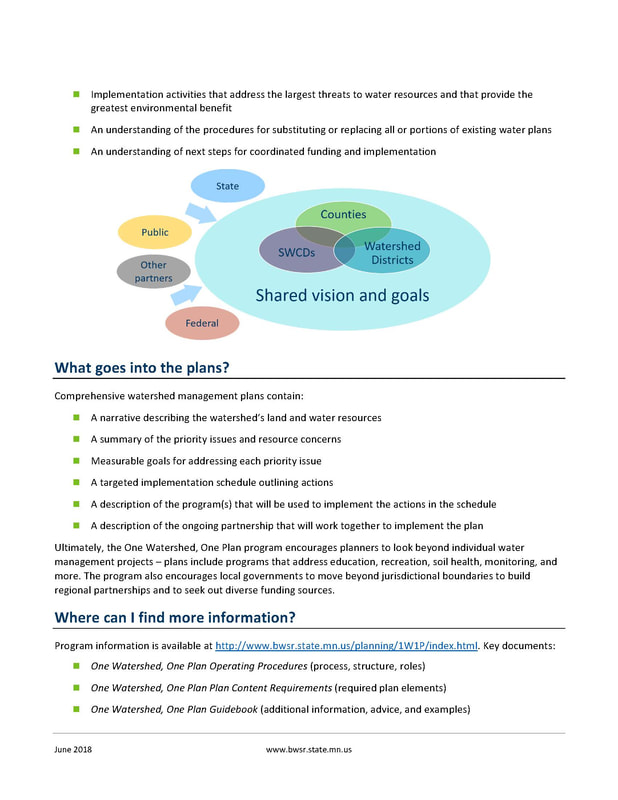Tree Program
Tree ProgramThe SWCD offers a variety of trees and shrubs for purchase. Orders are placed in the fall and winter for the spring planting season. We work with landowners to choose the best varieties of trees for their site and can assist with cost share programs for wildlife plantings and conservation practices.
SWCD staff can assist you with your field windbreak, farmstead shelterbelt, or wildlife planting tree design. There is no charge for this service (that's how much we like it!). The SWCD provides a tree planting service. Minimum charge is $150 for planting. The SWCD also has weed fabric, fabric squares, tree tubes, and tree stakes available for purchase.
Contact Dalton Herrboldt, 320-289-6033 if you questions or would like a tree design for your site. |
No-Till Drill Rental
No-Till Drill Rental
|
The SWCD has no-till drills available to rent to assist you in planting native grasses. Rental service provided by the SWCD staff includes the following:
SWCD Equipment Rental Agreement |
Rental Rates:
**When broadcasting, seed must be planted at 1.5 times the drilled seeding rate. |
TIPS FOR DRILL USE
- Slow down - Planting native grass seed should be done at 3-5 MPH. This ensures proper seed placement, higher germination rates, and reduces packing and clumping of fluffy seed.
- Proper depth - Make sure to start with a good, firm seedbed. The proper depth for planting native grass is ¼ inch. Seed planted deeper than ½ inch will probably not germinate.
- Filling the seed box - Fill the seed box loosely. Packed seed will cause the calibration to be inaccurate.
- Monitor the seed level - Keep the seed level in the drill box above the agitator shaft.
- Soil moisture at planting - If the soil is wet enough to stick to the drill coulters, it is too wet to plant. Fluffy native grass seed will stick to the soil on the coulters and result in poor germination or an uneven stand of native grass.
- Monitor the drill - Make sure the drop tubes are not clogged. If a tube is clogged, unplug it immediately.
- Recheck the rate - Check the rate during planting to make sure the calibration is accurate.
- Transporting to the next field - Seed settles and packs when the drill is moved while out of gear. If you relocate to the next field, manually fluff the seed in the drill box before planting again.
Seed Sales
Walk-in access (wIA) PROGRAM
Walk-In Access ProgramAdministered through the local SWCD, the MN DNR Walk In Access program provides an opportunity for landowners to earn extra income (from $10 to $13 dollars per acre) by allowing their land to be used for public hunting.
To learn more about the program and find out if you are eligible to participate, contact the SWCD or visit the MN DNR website: http://www.dnr.state.mn.us/walkin/index.html For more information about the WIA Program in Swift County and how to enroll, contact Gemma Kleinschmidt at [email protected] or 320-842-7201, ext. 3. |
Conservation contracts program (Cost-Share)
Conservation Contracts Program
|
The Conservation Contracts Program was established in 1977 and is administered locally by the Swift SWCD. This program assists landowners financially with the installation of soil and water conservation practices that are designed for an effective life of not less than ten years and meet one of the following objectives:
Eligible practices may be cost-shared up to 75% of the total cost of the project. Example projects include:
The SWCD provides *free* technical assistance to the agricultural landowner by:
(All practices must be approved prior to construction and landowners are reimbursed upon completion. Tree practices are no longer able to be cost-shared, except for field windbreaks.) |
nn |
Ag BMP Loans
AgBMP Loan Program
|
Click HERE for an AgBMP Loan Application.
The Agricultural Best Management Practices Loan (AgBMP) Program provides low interest financing for individuals to install conservation practices or purchase conservation equipment. An annual allocation from the Minnesota Department of Agriculture is available to farm operators and agricultural land owners for implementing water quality improvement projects. The AgBMP Loan Program is a 3% low interest loan option to rural landowners within Swift County for conservation practices. AgBMP funds can be allocated for installing feedlot and manure storage systems, replacing or upgrading individual sewage treatment systems (ISTS), sealing abandoned wells, purchasing conservation tillage equipment designed to allow for higher levels of crop residue, or installing terraces, diversions, sediment and water control basins. Examples of what qualifies for the AgBMP Loan Program:
To be eligible for the program, applicants must:
AgBMP low interest loans may also be used in conjunction with State Cost Share or Federal Environment Quality Incentives Program dollars. Contact the Swift SWCD office or visit the MN Department of Ag webpage for more information. |
Other Programs/Services
|
Minnesota Agricultural Water Quality Certification Program (MAWQCP)
The Minnesota Agricultural Water Quality Certification Program (MAWQCP) is a voluntary opportunity for farmers and agricultural landowners to take the lead in implementing conservation practices that protect our water. Those who implement and maintain approved farm management practices will be certified and in turn obtain regulatory certainty for a period of ten years. Begin by contacting your local SWCD office or a local Certifying Agent. MN Department of Ag MAWQCP Webpage |
Observation Well Monitoring Program
The District continues to monitor 30 observation wells for the MN DNR, checking the fluctuation of the water table in the counties irrigated sand plains. The Observation Well Program is administered through the SWCD. This program began in Minnesota in 1942 by a cooperative program between the DNR and the United States Geological Survey (USGS). State wide there are about 700-750 observation wells.
Cooperative Groundwater Monitoring Data
The District continues to monitor 30 observation wells for the MN DNR, checking the fluctuation of the water table in the counties irrigated sand plains. The Observation Well Program is administered through the SWCD. This program began in Minnesota in 1942 by a cooperative program between the DNR and the United States Geological Survey (USGS). State wide there are about 700-750 observation wells.
Cooperative Groundwater Monitoring Data
Soils Information
The SWCD is able to provide landowners with the most recent soils data for the county. Soils information have also be found on the USDA webpage.
USDA Web Soil Survey
The SWCD is able to provide landowners with the most recent soils data for the county. Soils information have also be found on the USDA webpage.
USDA Web Soil Survey
Rain barrels
|
Rain barrels can capture and store roof runoff from small to medium size rain events. Water stored in rain barrels can be used to water flowers, landscape areas or irrigate lawns in between rain events.
Installing a rain barrel not only helps the environment, but it also reduces your water bill. When it rains and falls faster than the ground can absorb it or it lands on hard surfaces it goes directly to area storm drains. Storm drains then runoff into area lakes and rivers. As the water reaches the storm drains it can come into contact with a variety of contaminants like: oil, salt, fertilizers, pesticides, bacteria and trash left along curbsides. As a result, runoff contributes and effects local water quality. Disconnecting your downspout can help reduce direct runoff from small rain events and divert water from storm drains and ultimately our lakes and rivers. The more people that use rain barrels, the greater impact we have on improving our water quality in local lakes and river. Description of rain barrels Barrel top has a strong aluminum mesh screen, creating a non-corrosive and long lasting filter. Keeps out leaves, shingle pieces, dead birds, sticks and other debris that comes off your roof --- as well as safely protecting wildlife and pets from entering or drinking from barrel. The top screen ring is removable for easy cleaning and storage. The overflow portal on the back of the barrel easily hooks up to the supplied tubing which runs down the back of the unit in a protected furrow. The overflow apparatus draws water down and out of the bottom front of barrel, diverting excess water away from the foundation. The back of the barrel is flat, allowing space saving and accurate placement against a wall. Expand your rain barrel into a series. In addition to an overflow port and tube (in blue) which exits, for unlimited linear barrel arrangements. Double or triple your water storage capacity easily with linkage kit (included). When the water height reaches the lateral portal level, the overflow water will automatically flows into the next barrel, instead of into the ground, driveway or curb. Size Dimensions 32" H x 24" W Capacity 54 gallons Weight in lbs. 18 lbs when empty Composition Made from recycled materials Usage Rain water collection - can be connected in series with link kit Key Features Attractive, expandable, debris screen, durable, color: Brown |
|
county ag inspector
|
The County Agricultural Inspector (CAI) program has been active in Minnesota since 1929. The main duty of the CAI is to carry out the activities set forth from the Noxious Weed Law. The Commissioner of Agriculture can ask the CAI to participate in other control programs for seeds, feeds, fertilizer, pesticides, and insect pests.
In Swift County, the core duty of the CAI is to be the local contact for landowners with noxious weed questions or concerns. Other duties include annual seed sampling and administering applicator tests. Minnesota Noxious Weed Law. Minnesota Statutes, sections 18.75 to 18.91 "A person owning land, a person occupying land, or a person responsible for the maintenance of public land shall control or eradicate all noxious weeds on the land at a time and in a manner ordered by an inspector or county-designated employee." For a list of Minnesota Noxious Weeds click here. The County Ag Inspector for Swift County is Tom Orr. He can be reached at 320-843-4910. |
Pope/Swift cooperative weed management area
|
Invasive weeds are a problem everywhere and have negative affects to the area they invade upon. Invasive plants will have effects on reducing crop yields, reducing native vegetation populations, and some species can disturb the soil. It is important to understand the best management methods available. The Pope/Swift Cooperative Weed Management Area (CWMA) is working to address the invasive species problems in agriculture areas and native prairies in the county.
The CWMA has been working on many goals over the past 7+ years such as educating the public, controlling species with chemical and biological methods, and scouting sites for present and future treatments. There have been many accomplishments over the years and there is a noticeable improvement in the county from the work of the program. In the future we hope to keep up the program, further educate the public, and help other counties improve their programs. The main invasive species we focused on are:
|
One watershed, one plan (1W1P)
Chippewa River Comprehensive Watershed Management Plan - DRAFT
Chippewa River Comprehensive Watershed Management Plan Appendices - DRAFT
Pomme de Terre River Comprehensive Watershed Management Plan
Pomme de Terre River Comprehensive Watershed Management Plan Appendices
Upper Minnesota River Comprehensive Watershed Management Plan - DRAFT
Chippewa River Comprehensive Watershed Management Plan Appendices - DRAFT
Pomme de Terre River Comprehensive Watershed Management Plan
Pomme de Terre River Comprehensive Watershed Management Plan Appendices
Upper Minnesota River Comprehensive Watershed Management Plan - DRAFT
